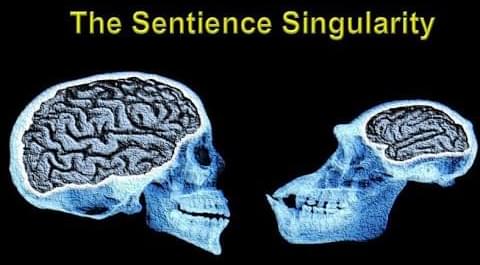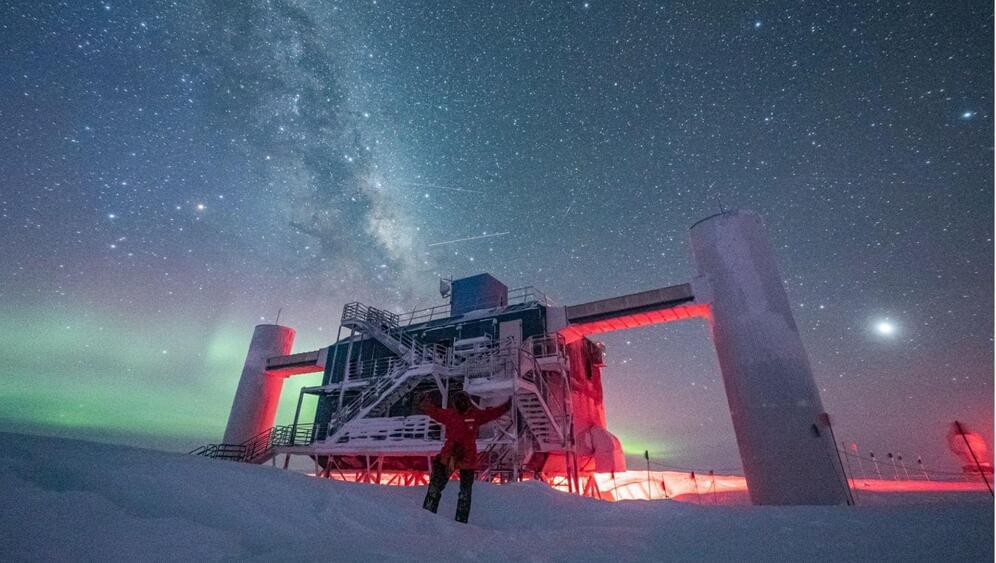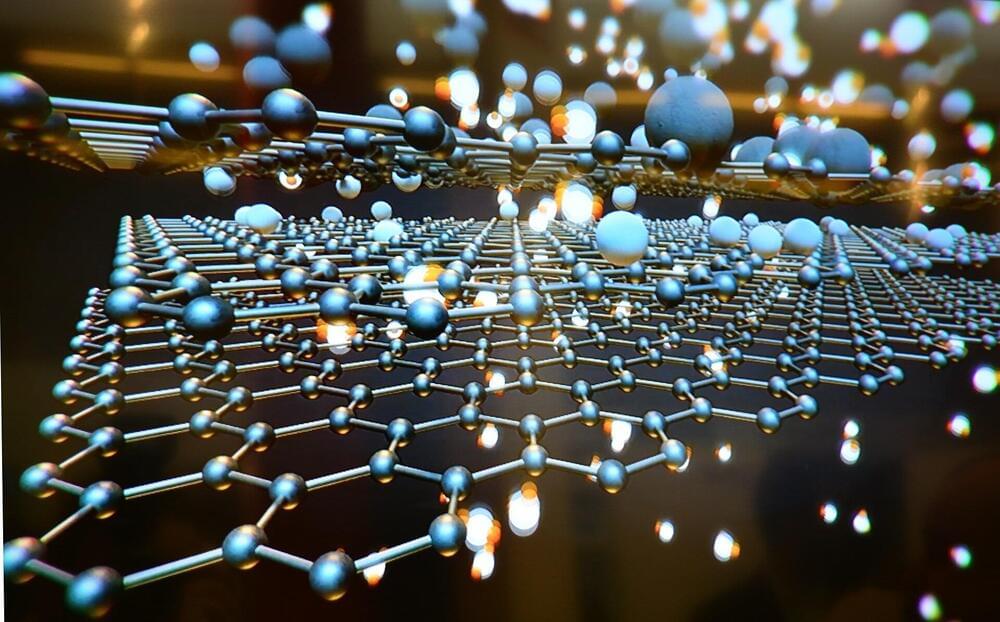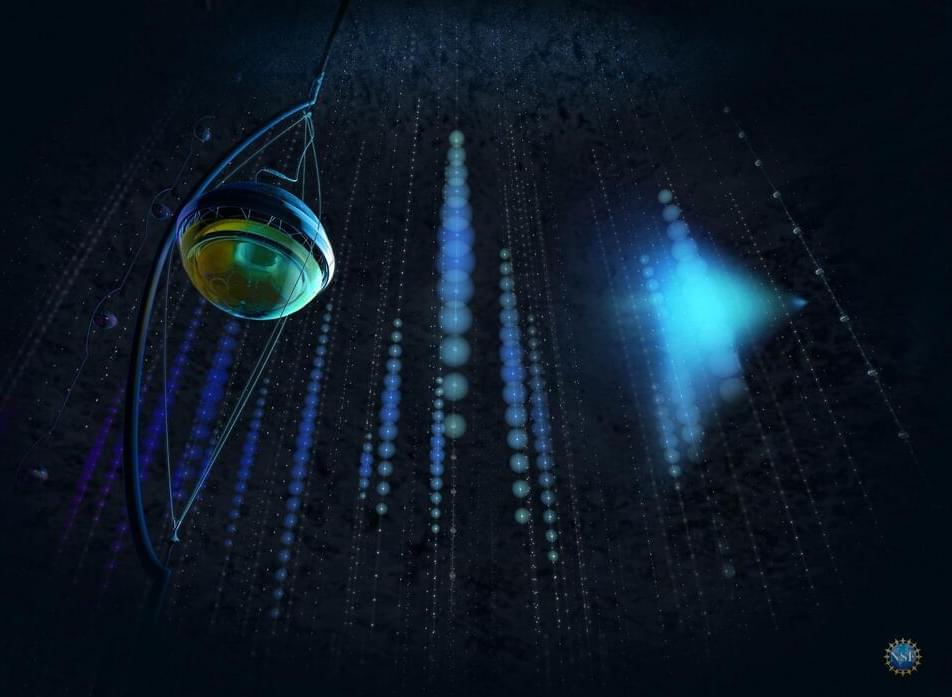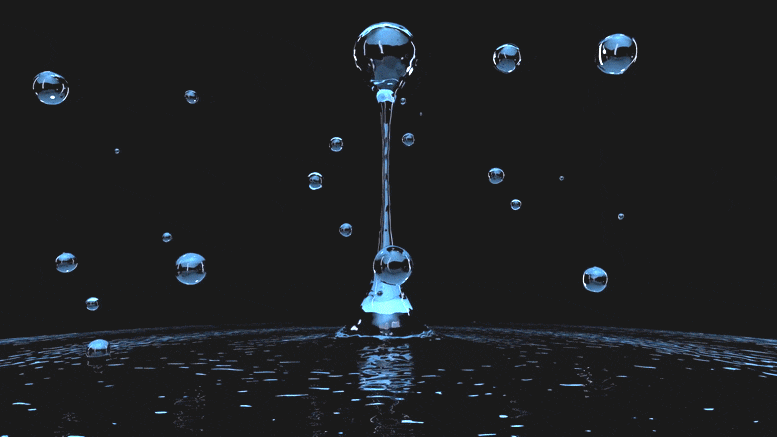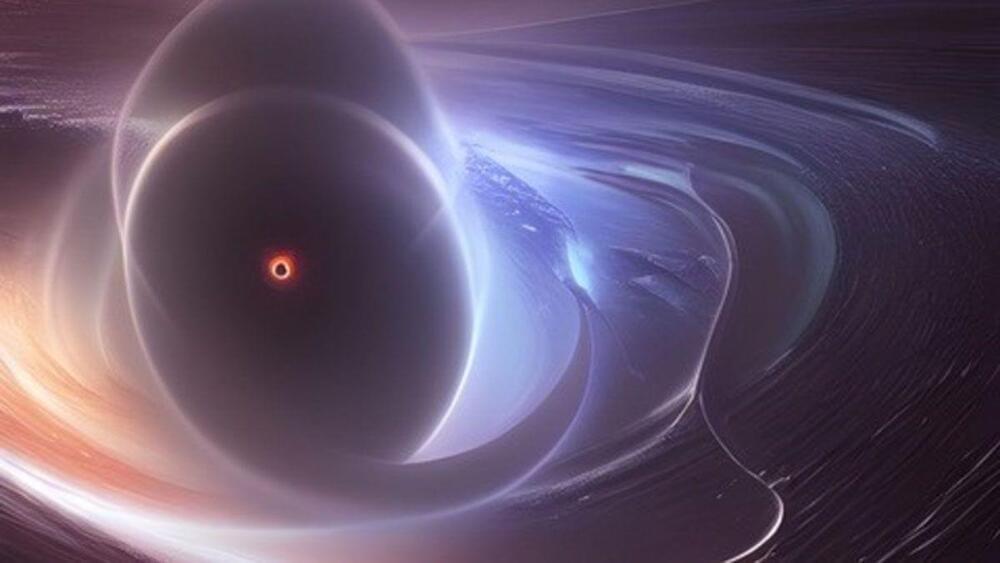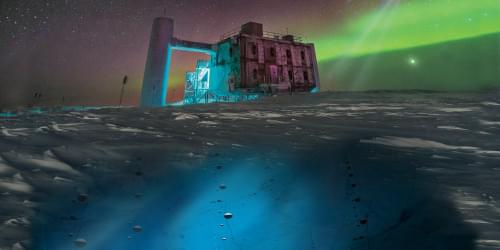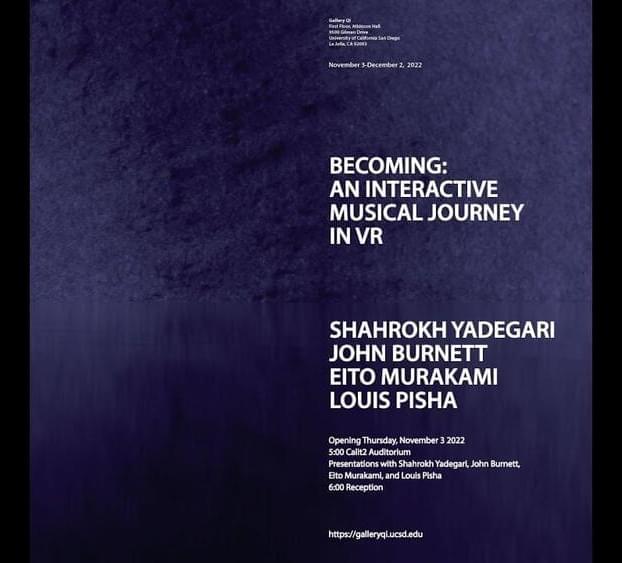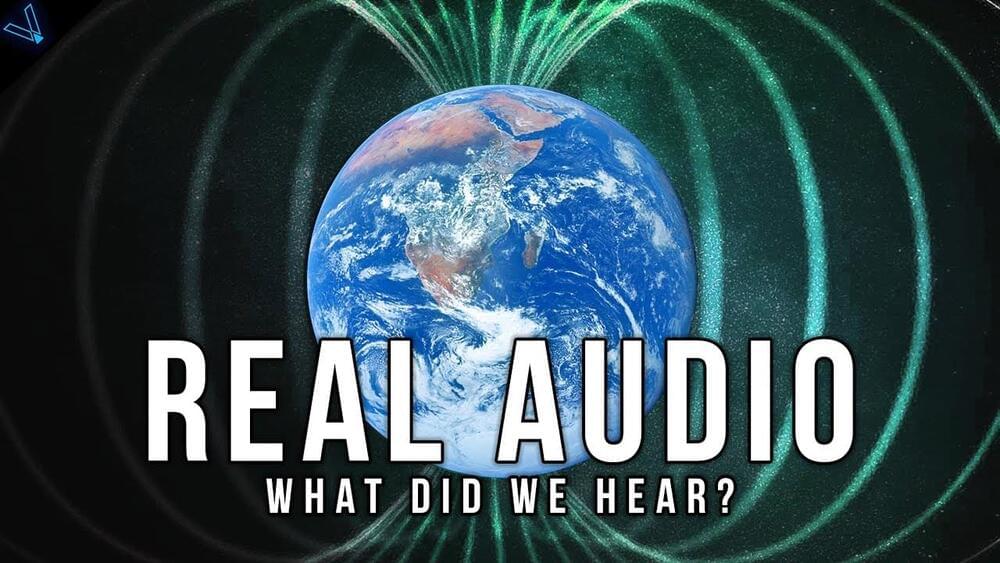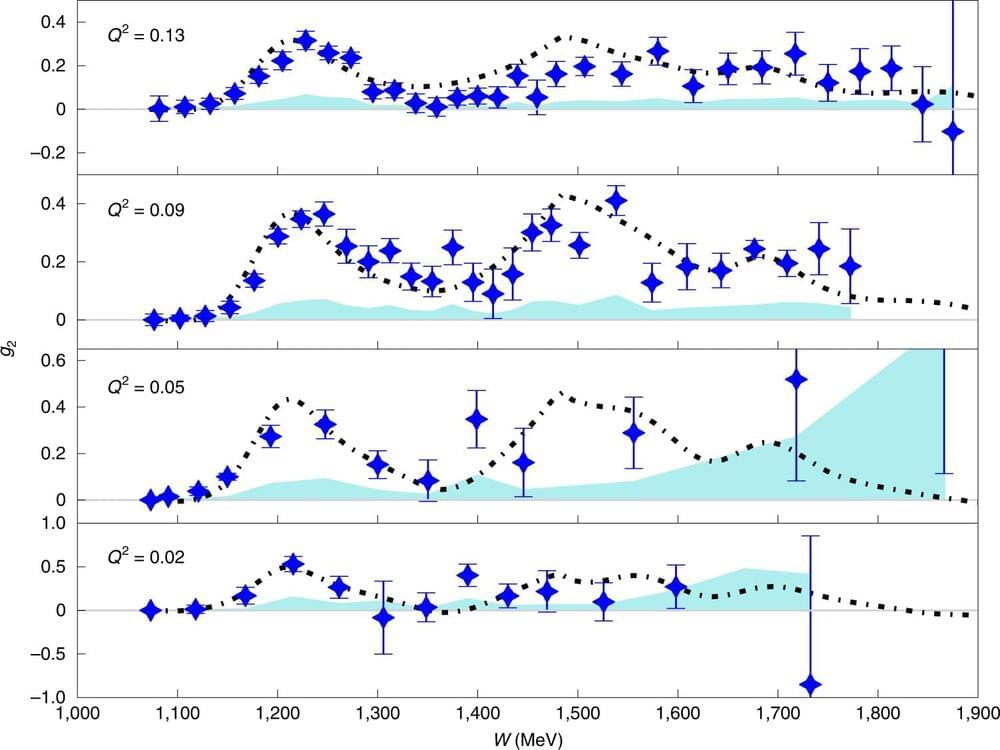Nov 8, 2022
The Sentience Singularity : The Evolutionary Trendline of Intelligence
Posted by Kelvin Dafiaghor in categories: particle physics, singularity
Intelligence has evolved on an accelerating, exponential trendline to create a Sentience Singularity in the past, just like the progress of technology that followed it. The two are closely related, and form the first principles of futurism, and any attempt to make long-term predictions.
ATOM Chapter 1 : Prologue : https://atom.singularity2050.com/1-prologue.html.
Continue reading “The Sentience Singularity : The Evolutionary Trendline of Intelligence” »
